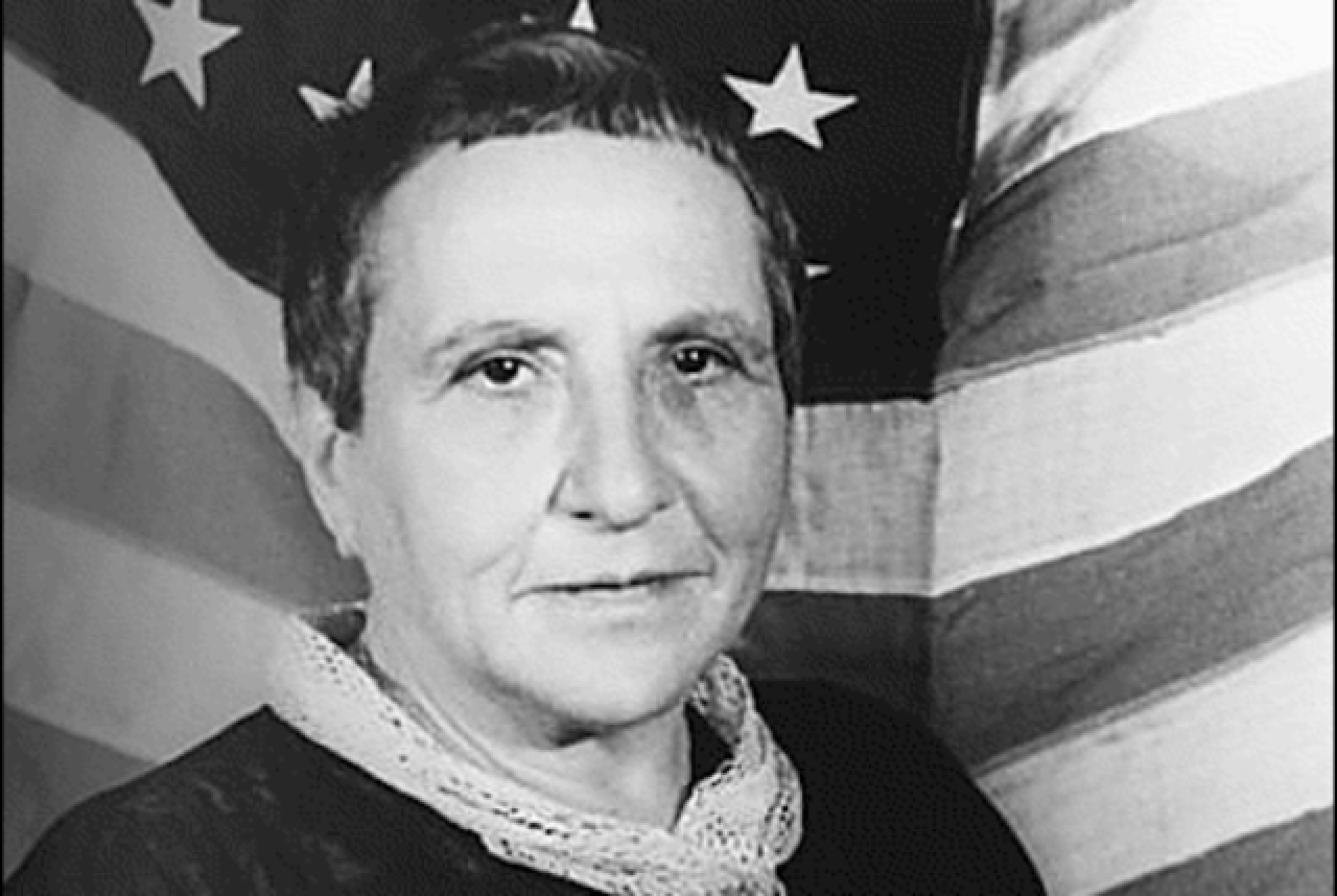Gertrude moved to France with her brother Leo in 1902 and began collecting art from aspiring artists . . . Matisse, Cezanne, Picasso, among others. We all know these artists became renowned and famous in their time, and still are today. It could be credited to Stein for helping these artists and even writers, such as Hemingway, Forester, and Joyce gain their notoriety. She lived in a Paris apartment and hosted literary salons, inviting the creative crowd to come as they wished. A literary salon was a new concept to me and I discovered that the word “salon” referred back to “sala” originally the large reception hall of an Italian mansion.
Stein was a writer herself and experimented with a ‘stream of consciousness’ style of writing. She had many conversations with Picasso about his abstract painting style in comparison to her own abstract use of words. She even created a “Cubism” type of narrative prose to layer and bring depth to ordinary characters.
In honor of Ms. Stein, I read her novella Three Lives, published in 1909. This is actually three independent stories about different working-class women living in a town called Bridgeport. This fictional town was said to be modeled after the city of Baltimore and even some of the circumstances related to Stein’s own experiences as a young woman in that time. These ‘three lives’ had one thing in common. Each of these women (two white, one black), all had arduous, grueling lives. Stein told of each women’s struggles; one as a bossy maid with three dogs, one a lonely black woman who never could really find happiness, and one of a woman who was neglected in an arranged marriage.
I don’t think her writing style was too off-putting, but I did feel as if the repetitive conversations became arduous in itself. Several book club members weren’t impressed with Stein’s writing and gave up before finishing this book. One even mentioned that the characters seemed to be racist at times and that transferred to feelings about Ms. Stein. Of course just because a character may say disturbing things, doesn’t mean that the author embodies that same sentiment.
As always, I like to complement my readings with a deep dive into the author’s background. And, I found there are other books by Stein recommended as ‘must-reads’ . . . The Making of Americans, and The Autobiography of Alice B. Toklas. I decided to read the autobiography and learned that Alice Toklas became acquainted with Stein when hired as her literary secretary and later became Stein’s lifetime companion. Her autobiography, written by Stein, is really Stein’s biography, written from the perspective of Toklas. I thought this was an ingenious way to tell one’s own story and decided to read this book too.
I have to say that Stein, an early feminist, was a most interesting person. Together, Stein and Toklas helped the men fighting in WWI, by adopting soldiers to write to and send care packages. They learned to drive and would run supplies to the Red Cross during those days. Following the war, in the ‘salon days,’ Stein mentored Hemingway and later was godmother to his son Jack. On a lecture tour to the United States, Stein became friends with Charlie Chaplin who quoted her famously in his film Limelight, “a rose, is a rose, is a rose.” I am still speculating on the meaning behind that statement. When WWII broke out, Stein and Toklas barely escaped capture by the Nazis and went into hiding. Miraculously, her art collection was still intact after the war ended. Ms. Gertrude Stein was one amazing woman and I do admire her for all she accomplished and the connections she made.
Other notable authors born on February 3 are: Paul Auster, Henning Mankell, Lao She, Andrej Szczypiorski, and Simone Weil.

